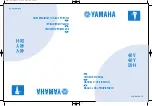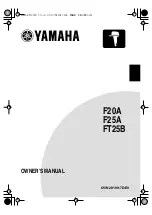
MAX1000 User Guide
www.arrow.com
Page | 63
July 2017
5.2.13
Reading the Compilation Report
After successfully compiling the design, a Compilation Report should appear as shown above:
This report is very useful with a lot of information about the design. Last message state that the
design was fully constrained, Timing Analysis and compilation successful, but there is more to it:
In the Flow Summary, it can be seen how many logic elements the whole design took, along
with total PLLs, registers, pins, etc.
In Analysis and Synthesis, more detailed information about the resources used can be seen in
Resource Usage Summary, as well how many LEs were used for each component in Resource
Utilization by Entity.
In the Fitter, more detailed information about the pins and their banks can be seen. For
example if we used the RESET_BTN (PIN_E7), we could have issues since it is configured as a
secondary function, which can be seen in Fitter
Resource Section
Dual Purpose and
Dedicated Pins, which would require to disable in the settings.
TimeQuest Timing Analyzer shows various timing information concerning the design, as well
as if the design has met the timing requirements. In this case timing requirements were met,
but in other cases that requirements might not be met, could be solved by going over the
information provided in the reports inside this folder. Most notable reports in this folder are:
the maximum frequency the design can achieve, setup and hold slack, unconstrained paths in
case they were missed, etc.












































